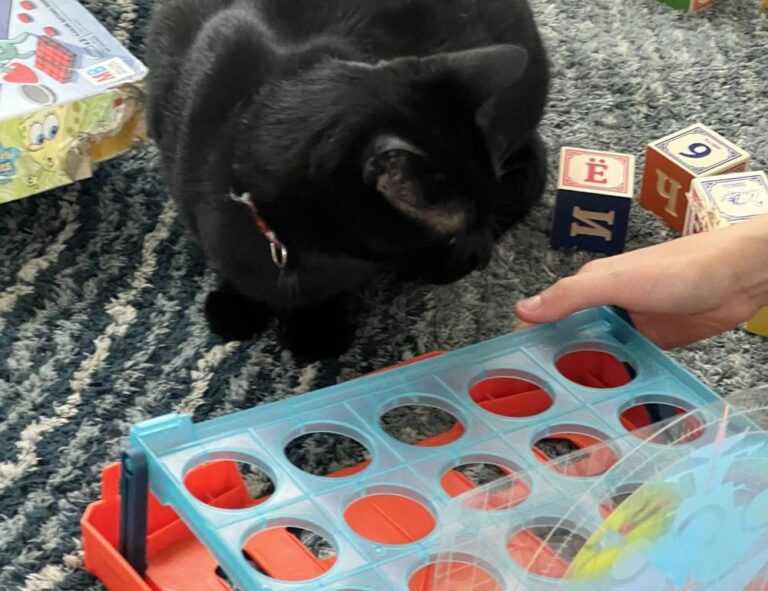Ever felt cramped in a small space? I’ve been there too. In my years of renovating homes, I’ve discovered clever tricks to make those tight quarters feel more spacious. From strategic lighting to savvy storage solutions, there are numerous ways to transform a compact area into an open, airy oasis.
In this article, I’ll share my top tips on how to make small spaces feel larger through smart renovations. By incorporating these practical ideas, you can maximize every square foot of your home and create a sense of expansiveness even in the most confined rooms. Get ready to unlock the potential of your compact living spaces with these expert strategies.
Understanding Small Space Design
Small space design is a strategic approach that focuses on maximizing the functionality and aesthetics of compact areas. By implementing specific techniques, I create an illusion of openness and airiness despite the limited square footage available. I leverage principles of design to optimize the layout, furniture arrangement, and color schemes to enhance the perceived spaciousness of the room.
When designing for small spaces, I prioritize multifunctional furniture pieces that serve dual purposes, such as a sofa with built-in storage or a coffee table that can also function as a desk. This maximizes the utility of each item while minimizing the visual clutter in the room. Additionally, I pay close attention to scale and proportion to ensure that furniture fits the space harmoniously without overwhelming it.
In small space design, lighting plays a crucial role in creating a sense of openness. I utilize a combination of ambient, task, and accent lighting to illuminate different areas of the room effectively. Strategic placement of mirrors also helps reflect light and visually expand the space. By harnessing natural light and incorporating artificial lighting sources, I can transform a small room into a bright and airy environment.
Color palette selection is another key aspect of small space design. I opt for light, neutral colors to make the room feel more expansive and inviting. By using a consistent color scheme throughout the space, I maintain visual continuity and prevent the room from feeling disjointed. Introducing pops of color through accessories or accent walls adds visual interest without overwhelming the limited space.
Small space design involves a thoughtful and strategic approach to optimizing every inch of the room. By incorporating multifunctional furniture, strategic lighting, and a cohesive color palette, I create a harmonious and spacious environment despite the constraints of limited square footage. These design principles aim to help readers transform their small spaces into functional and aesthetically pleasing areas that maximize utility and comfort.
Maximizing Natural Light
I can’t emphasize enough the importance of natural light in making a small space feel larger. By strategically incorporating elements like large windows and mirrors, you can enhance the perception of space and create an airy ambiance that transforms the room.
Installing Large Windows
When renovating a small space, consider installing large windows to invite ample natural light. A well-lit room feels more expansive and open. Large windows not only brighten up the space but also blur the boundaries between indoors and outdoors, giving the illusion of a larger area.
Utilizing Mirrors
Mirrors are magical in small spaces. They reflect light and create the perception of depth, making the room appear more spacious. Placing mirrors strategically can bounce light around the room, illuminating dark corners and visually expanding the area. Opt for oversized mirrors or mirror panels to maximize this effect and amplify the sense of openness in the space.
Multifunctional Furniture
When it comes to making the most of limited space, investing in multifunctional furniture is a game-changer. These versatile pieces serve dual purposes, maximizing functionality without compromising style. By incorporating furniture that can adapt to different needs, you can create a more dynamic and efficient living environment.
Maximizing Utility
I love how multifunctional furniture allows me to make the most of every square inch in my small space. For example, a sofa with built-in storage compartments not only provides seating but also offers a convenient place to stow away extra blankets, pillows, or books. This dual functionality helps me keep my living area organized and clutter-free.
Flexibility in Design
Opting for versatile furniture pieces gives me the flexibility to transform my space according to my needs. A dining table that can double as a work desk during the day or a Murphy bed that folds up to create additional living space are perfect examples of smart design solutions. This adaptability is essential for creating a functional and adaptable home environment.
Visual Appeal
Incorporating multifunctional furniture doesn’t mean sacrificing style. Many modern designs seamlessly blend form and function, adding a touch of elegance to small spaces. From sleek storage ottomans to modular shelving units, these pieces not only serve a practical purpose but also enhance the aesthetic appeal of the room. It’s incredible how a well-chosen piece of furniture can elevate the overall look and feel of a compact living area.
Clever Storage Solutions
When it comes to making small spaces feel larger, clever storage solutions play a crucial role in optimizing every inch of available space. By utilizing innovative storage ideas, I can help you maximize the functionality of your limited area while maintaining a sense of openness and organization.
- Vertical Storage: One effective way to save space is by utilizing vertical storage options. Installing tall shelves or cabinets can draw the eye upward, creating the illusion of higher ceilings while providing ample storage for your belongings.
- Hidden Storage: Incorporating hidden storage compartments in furniture pieces can help declutter your space and keep it looking tidy. Furniture items like ottomans with hidden compartments or beds with built-in drawers can offer both functionality and style.
- Multi-Purpose Furniture: Opt for furniture pieces that serve dual purposes to optimize your small space. Items like sofa beds, extendable dining tables, or storage ottomans not only save space but also add versatility to your home décor.
- Wall-Mounted Solutions: Make use of wall-mounted storage solutions to free up floor space and keep your belongings organized. Wall shelves, hooks, and pegboards can help you maximize vertical space while adding a decorative element to your interiors.
- Closet Organizers: Efficient closet organization systems can significantly increase the storage capacity of your closets. Utilize closet organizers such as stackable shelves, hanging organizers, and shoe racks to keep your wardrobe neatly arranged and easily accessible.
By incorporating these clever storage solutions into your small space design, you can create a visually appealing and functional environment that maximizes every corner of your home.
Color and Decor Elements
In maximizing small spaces, incorporating the right color and decor elements can significantly impact how spacious a room feels. Light color schemes are essential in creating an illusion of airiness and openness. Opting for colors like whites, creams, or pastels can reflect light and make a room appear larger. To enhance this effect, I recommend using a monochromatic color palette for a seamless flow throughout the space.
Additionally, strategic placement of mirrors can amplify the feeling of space by reflecting light and creating depth. Placing mirrors opposite windows or in areas that lack natural light can bounce light around the room, making it feel brighter and more expansive. Consider incorporating mirrors in various shapes and sizes to add visual interest while maximizing light reflection.
When it comes to decor elements, choosing furniture with legs rather than pieces that sit directly on the floor can create a sense of openness. This design choice allows light to flow under the furniture, giving the impression of more floor space. Opt for pieces with slender legs or transparent materials to maintain a light and airy feel in the room.
Furthermore, decluttering is crucial in small spaces to prevent them from feeling cramped. Selecting decor items that serve a dual purpose, such as storage ottomans or nesting tables, can help maintain a tidy space while maximizing functionality. By carefully curating decor elements and utilizing color schemes effectively, small spaces can be transformed into inviting and visually spacious areas.






























































































































































































































































































































































































































































































































































































































































































































































































































































































































































































































































































 Roger Estes has played a crucial role in the development of Residence Resale Tactics, bringing his analytical skills and attention to detail to the project. As a dedicated helper, Roger has been instrumental in researching emerging market trends and ensuring the platform stays ahead of the curve in providing up-to-date real estate information. His commitment to accuracy and relevance has been essential in creating a resource that real estate professionals and homeowners can rely on for practical guidance.
Roger's contributions go beyond just research; his proactive approach and collaborative spirit have fostered a productive working environment within the team. His efforts have helped shape the platform's strategic direction, allowing Residence Resale Tactics to deliver content that is both insightful and actionable, thereby enhancing its reputation as a trusted authority in the real estate industry.
Roger Estes has played a crucial role in the development of Residence Resale Tactics, bringing his analytical skills and attention to detail to the project. As a dedicated helper, Roger has been instrumental in researching emerging market trends and ensuring the platform stays ahead of the curve in providing up-to-date real estate information. His commitment to accuracy and relevance has been essential in creating a resource that real estate professionals and homeowners can rely on for practical guidance.
Roger's contributions go beyond just research; his proactive approach and collaborative spirit have fostered a productive working environment within the team. His efforts have helped shape the platform's strategic direction, allowing Residence Resale Tactics to deliver content that is both insightful and actionable, thereby enhancing its reputation as a trusted authority in the real estate industry.